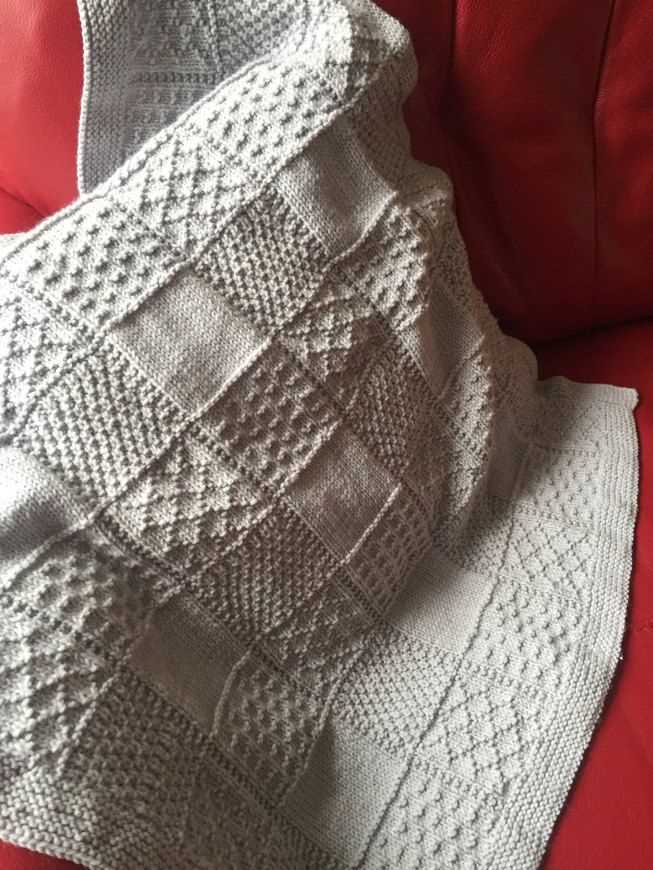
Stay cozy and warm all year round with our collection of DK blanket knitting patterns. DK, which stands for Double Knitting, refers to a popular yarn weight that is versatile and easy to work with. These blanket patterns are perfect for both beginner and experienced knitters, and they make great projects for gifting or keeping for yourself.
Whether you prefer classic designs, modern styles, or something in between, our DK blanket knitting patterns have something for everyone. From simple garter stitch blankets to intricate lace patterns, you can choose from a wide variety of designs to suit your taste and skill level. And with the versatility of DK yarn, you can create blankets that are lightweight yet cozy, making them perfect for snuggling up on chilly evenings or adding a pop of color to your home decor.
Our DK blanket knitting patterns also offer plenty of room for customization. You can experiment with different colors and textures to create a one-of-a-kind blanket that reflects your personal style. And with clear instructions and helpful tips, you can feel confident in tackling these projects, even if you are new to knitting. So grab your needles and get ready to create beautiful and functional blankets that will be treasured for years to come.
DK Blanket Knitting Patterns
If you’re an avid knitter looking for a new project, consider trying your hand at a DK blanket! DK, or double knitting, yarn is a versatile weight that can be used to create cozy and warm blankets. There are many different DK blanket knitting patterns available, ranging from simple designs to more intricate patterns that feature different stitches and textures.
One popular DK blanket knitting pattern is the garter stitch blanket. This pattern is perfect for beginners, as it only requires knowledge of basic knit stitches. The garter stitch creates a ridged fabric that is soft and squishy, making it the perfect option for a cozy blanket. It can be knit in a single color or with multiple colors for a striped effect.
If you’re looking for a more challenging project, you might consider trying a cable knit blanket. Cable knitting involves crossing stitches to create intricate patterns. A DK cable knit blanket will not only keep you warm, but it will also showcase your knitting skills. This pattern often includes a combination of cable stitches and textured stitches, resulting in a visually stunning blanket.
Another popular DK blanket knitting pattern is the seed stitch blanket. The seed stitch consists of alternating knit and purl stitches to create a bumpy texture. This pattern is great for DK yarn as it shows off the stitch pattern beautifully and creates a thick, warm fabric. A seed stitch blanket can be knit in a single color or with multiple colors for a striped or gradient effect.
No matter what kind of DK blanket knitting pattern you choose, it’s important to select high-quality DK yarn that is soft and durable. With the right yarn and pattern, you can create a beautiful, cozy blanket that will be cherished for years to come.
What Is Dk Yarn?
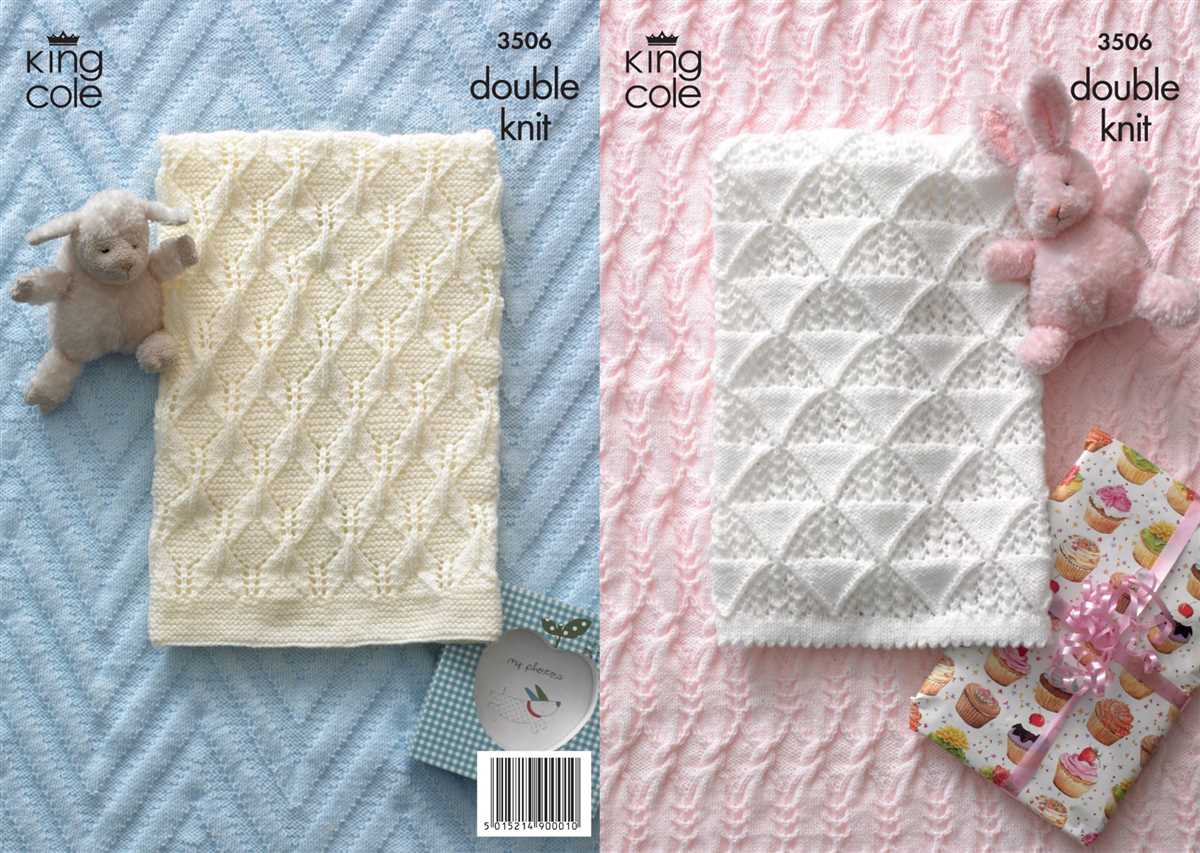
DK yarn, also known as double knitting yarn, is a popular and versatile weight of yarn that is commonly used for a wide range of knitting projects. The term “DK” refers to the weight or thickness of the yarn, with DK yarn falling in between a fine weight yarn and a worsted weight yarn. It is considered to be a medium weight yarn, making it suitable for a variety of knitting patterns.
DK yarn is typically made from a blend of different types of fibers, such as wool, acrylic, cotton, or a combination of these. This blend of fibers gives DK yarn its softness, durability, and elasticity, making it easy to work with. The yarn is often spun tightly to create a smooth texture and reduce the chance of splitting while knitting.
Some of the main characteristics of DK yarn include its versatility, as it can be used to create a wide range of knitted items, from blankets and scarves to sweaters and hats. It also comes in a wide array of colors and patterns, allowing knitters to get creative with their projects. Additionally, DK yarn is generally easy to care for, as it can often be machine washed and dried.
When it comes to choosing a DK yarn for your project, it’s important to consider factors such as the fiber content, color, texture, and gauge. Each pattern will specify the recommended gauge or tension, which refers to the number of stitches and rows required to create a specific size fabric. By using the recommended gauge, you can ensure that your knitted item will turn out the correct size and fit as intended.
In conclusion, DK yarn is a versatile and popular choice for knitters of all skill levels. Its medium weight, softness, and range of colors make it ideal for a wide range of knitting projects, while its ease of care adds convenience. Whether you’re knitting a blanket, a hat, or a sweater, DK yarn is sure to be a reliable and enjoyable choice.
Dk Yarn Weight Classification
When it comes to knitting projects, choosing the right yarn weight is crucial. One popular yarn weight classification is Dk, which stands for Double Knitting. Dk yarn falls in the middle range of yarn weights, making it versatile and suitable for a wide range of projects.
Dk yarn is a medium-weight yarn, slightly lighter than worsted weight yarn but heavier than sport weight yarn. It is often used for projects that require more drape and a lighter fabric. Dk yarn is perfect for knitting baby blankets, scarves, shawls, sweaters, and accessories.
Characteristics of Dk yarn:
- Dk yarn usually has around 230-250 yards per 100 grams, depending on the fiber content.
- It is typically knit with US size 5-7 (3.75-4.5mm) needles.
- Dk yarn creates a fabric that is not too heavy but still gives good stitch definition.
- It is available in a wide variety of colors and fibers, including wool, cotton, acrylic, and blends.
When working with Dk yarn, it’s important to check the gauge recommended for your project to ensure the correct size and fit. The right gauge will ensure that your finished piece has the desired drape and texture.
Dk yarn is a popular choice among knitters due to its versatility and wide range of available patterns. Whether you’re a beginner or an experienced knitter, Dk yarn can offer endless possibilities for your knitting projects.
Characteristics of Dk Yarn
Dk yarn, also known as double-knitting yarn, is a versatile and popular choice for knitters due to its characteristics. This type of yarn is thicker than fingering weight yarn but lighter than worsted weight yarn, making it ideal for a wide range of projects.
Dk yarn is typically made from a blend of fibers, such as wool, acrylic, or cotton, which gives it a soft and comfortable feel. This makes it perfect for knitting cozy blankets, as it provides warmth while still being breathable. The yarn is also easy to work with, making it suitable for both beginners and experienced knitters.
One of the main advantages of Dk yarn is its versatility. It can be used to create a variety of projects, from garments and accessories to home decor items. The medium weight of the yarn allows for intricate stitch patterns and textured designs, adding visual interest to your knitting projects.
Dk yarn is available in a wide range of colors and shades, allowing knitters to explore their creativity and personalize their projects. Whether you prefer bold and vibrant hues or subtle and neutral tones, there is a Dk yarn to suit your preferences.
When choosing a Dk yarn for your knitting project, it’s important to consider the fiber content and care instructions. Wool-blend yarns are great for warm and cozy blankets, while cotton or acrylic blends are more suitable for lightweight and easy-care projects.
In conclusion, Dk yarn is a versatile and popular choice for knitters, thanks to its medium weight, softness, and variety of colors. Whether you’re knitting a blanket, a sweater, or a hat, Dk yarn is sure to meet your crafting needs.
Why Choose Dk Yarn for Knitting Blankets?
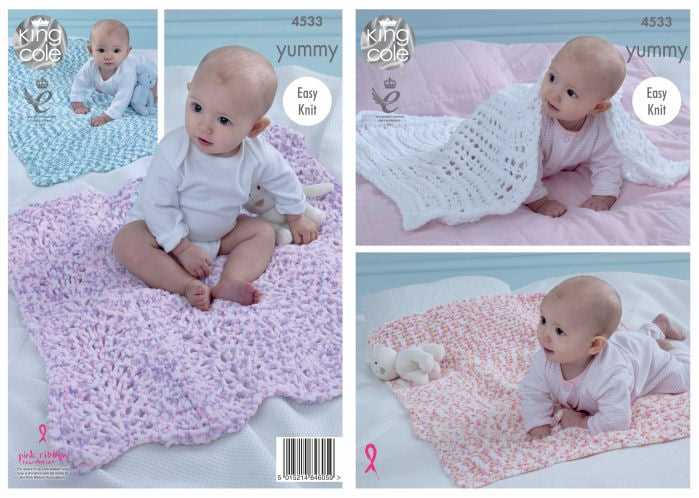
When it comes to knitting blankets, choosing the right yarn is crucial. One popular option among knitters is DK yarn. DK, which stands for “Double Knitting,” is a versatile weight that combines the warmth and thickness of worsted yarn with the finer gauge of sport weight yarn. This makes DK yarn an excellent choice for knitting blankets.
DK yarn is highly recommended for knitting blankets because of its balanced blend of thickness and flexibility. It is thicker than lightweight yarns, such as lace or fingering weight, and provides more warmth and coziness. At the same time, it is not as heavy or bulky as chunky or bulky weight yarn, making it easier to handle while knitting and creating a blanket that is not overly bulky or cumbersome.
Another advantage of using DK yarn for blankets is the wide range of colors and patterns available. DK yarn comes in a variety of colors, from vibrant and bold to soft and muted shades, allowing knitters to choose the perfect palette for their blanket project. Additionally, there are countless patterns specifically designed for DK yarn, ranging from simple garter stitch designs to intricate lace or cable patterns. The versatility of DK yarn allows knitters to create blankets that suit their personal style and preferences.
Furthermore, DK yarn is often made from high-quality fibers such as merino wool or cotton blends, ensuring that the finished blanket is not only beautiful but also soft and comfortable. These fibers provide warmth, breathability, and durability – all essential qualities for a cozy and long-lasting blanket. Knitting with DK yarn allows for the creation of blankets that are both practical and aesthetically pleasing.
In conclusion, DK yarn is an excellent choice for knitting blankets due to its versatile weight, wide range of colors and patterns, and high-quality fibers. Whether you are a beginner or an experienced knitter, using DK yarn will allow you to create beautiful, warm, and cozy blankets that will be cherished for years to come.
Essential Tools for Knitting with Dk Yarn
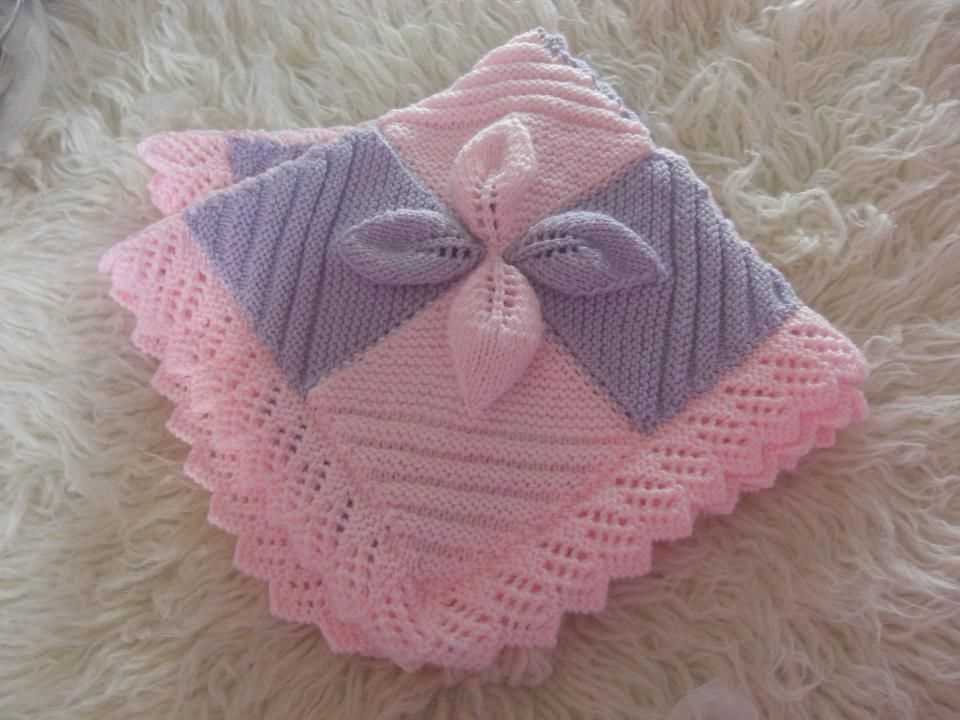
When it comes to knitting with DK yarn, having the right tools can make all the difference. Whether you’re a beginner or an experienced knitter, there are a few essential tools that can help you achieve great results and make the process easier and more enjoyable.
1. Knitting Needles: A good pair of knitting needles is crucial for working with DK yarn. Look for needles that are the appropriate size for your project and comfortable to hold. Circular needles are versatile and great for larger projects like blankets, while double-pointed needles are ideal for smaller pieces.
2. Stitch Markers: Stitch markers are small, round markers that can be placed on your needles to keep track of specific stitches or pattern repeats. They are especially useful when working on complex patterns or lacework. Choose markers that are easy to slip onto your needles and remove as needed.
3. Row Counter: Keeping track of your rows is important, especially when working on larger projects like blankets. A row counter is a small device that can be attached to your knitting needles or stored separately. It allows you to easily keep count of your rows and prevents mistakes or miscounting.
4. Yarn Bobbins: When working with multiple colors or changing colors frequently, yarn bobbins can be a lifesaver. These small plastic or metal devices hold your yarn in place and prevent tangling. They are particularly handy for colorwork projects and can help you achieve clean and neat color transitions.
5. Tapestry Needles: Tapestry needles, also known as yarn needles or darning needles, are essential for weaving in loose ends and joining seams. They have a large eye and blunt tip, making it easy to thread yarn through and work with knitted fabric. Choose a tapestry needle that is sturdy and easy to handle.
These are just a few of the essential tools for knitting with DK yarn. Having these tools on hand will not only make your knitting experience more enjoyable, but also ensure that your finished projects turn out beautifully. So gather your tools, pick up some DK yarn, and start creating cozy blankets and more!
Knitting Needles
Knitting needles are essential tools for any knitting project. Whether you’re a beginner or an experienced knitter, choosing the right needles can make a big difference in your knitting experience. There are various types of knitting needles available, each with its own unique characteristics and advantages.
One of the most common types of knitting needles is the straight needle. These needles are typically made of metal, wood, or plastic and are straight and long, with a pointed end on one side and a knob or stopper on the other. Straight needles are great for simple, flat knitting projects like scarves and blankets, as they provide stability and control.
Another popular type of knitting needles is circular needles. These needles are connected by a flexible cable, with two pointed ends on each needle. Circular needles are versatile and can be used for both flat and in-the-round knitting. They are particularly useful for knitting projects that require a large number of stitches, such as sweaters and shawls, as the weight of the project is distributed along the cable, reducing strain on the wrists.
When choosing knitting needles, it’s important to consider the material they are made of. Metal needles, such as aluminum or stainless steel, are durable and smooth, allowing the yarn to slide easily across the surface. Wood needles, like bamboo or birch, are lightweight and warm to the touch, making them comfortable to hold and reducing hand fatigue. Plastic needles are often inexpensive and lightweight, making them a popular choice for beginners.
Overall, the right knitting needles for you will depend on your personal preferences and the type of project you’re working on. It’s worth experimenting with different types and materials to find the needles that feel the most comfortable and enjoyable to use. With the right needles in hand, you’ll be able to create beautiful and cozy knitted blankets with ease.
Dk Blanket Knitting Patterns: Stitch Markers
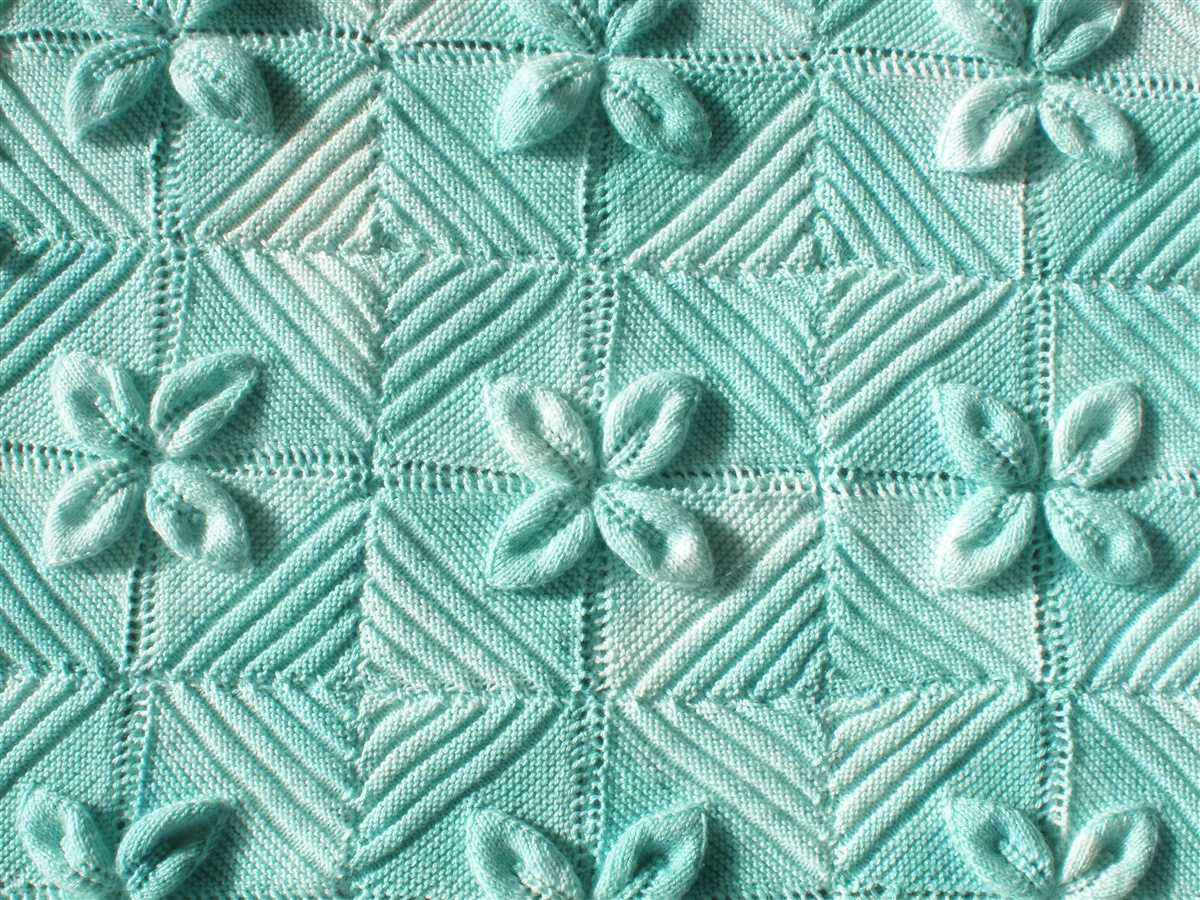
In the world of knitting, stitch markers are an essential tool that can greatly aid in the process of creating a dk blanket. These small, often colorful, rings or clips are placed on the knitting needles to mark specific stitches or sections of a pattern. They help the knitter keep track of where they are in the pattern, making it easier to follow the instructions and avoid mistakes.
Stitch markers come in a variety of materials, such as plastic, metal, or even handmade options like beads or charms. They can be solid rings or have a small opening, allowing them to be easily attached and removed from the needles. Some stitch markers are designed to slip right onto the knitting needles, while others are placed directly onto the stitch itself. The choice of stitch markers depends on personal preference and the type of knitting project being worked on.
When using stitch markers for a dk blanket knitting pattern, it is important to place them correctly according to the pattern instructions. They are often used to mark important points, such as the beginning and end of a repeat, or to indicate where increases or decreases should be made. They can also be used to mark specific stitch patterns, making it easier to keep track of where to place certain stitches.
As a knitter progresses through a dk blanket pattern, stitch markers can be a helpful reminder of where they are in the pattern and what steps they need to take next. They help maintain accuracy and prevent mistakes, especially when working on complex or intricate stitch patterns. By using stitch markers, knitters can focus on the joy of knitting and creating a beautiful dk blanket without worrying about losing their place in the pattern.
Popular Dk Blanket Knitting Patterns
When it comes to knitting blankets with Dk weight yarn, there are a plethora of popular patterns to choose from. Dk weight yarn is a versatile choice for blankets, as it offers a good balance between warmth and weight. Whether you prefer simple designs or more intricate patterns, there is something for everyone. Here are a few popular Dk blanket knitting patterns to get you inspired:
1. Moss Stitch Blanket
The moss stitch is a classic knitting pattern that creates a beautifully textured fabric. This blanket is perfect for beginners as it only requires basic stitches. The alternating knit and purl stitches create a pattern that is both visually appealing and soft to the touch. Choose a neutral color for a timeless look or experiment with bolder shades to add a pop of color to your home.
2. Cable Knit Blanket
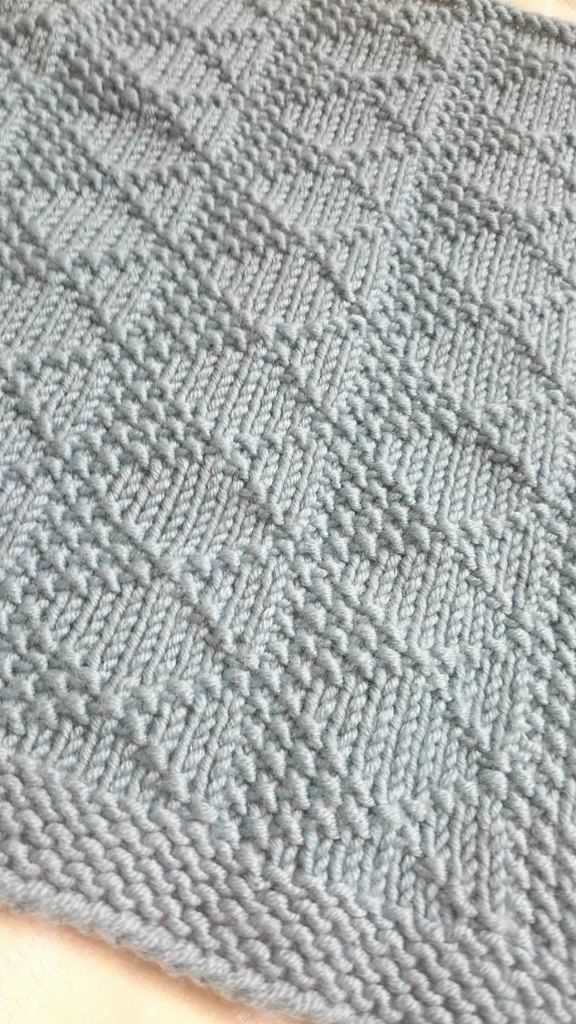
If you’re looking for a more intricate and eye-catching design, the cable knit blanket is a great choice. The intertwining cables create a stunning visual effect and add depth to the blanket. While it may require a bit more skill and concentration, the end result is definitely worth the effort. Choose a cozy, warm color to complement the cozy texture of the cables.
3. Chevron Blanket
The chevron pattern is a classic choice for blankets and lends itself well to Dk weight yarn. The zigzag design adds a playful and modern touch to any space. Whether you go for a two-color chevron or experiment with multiple shades, this blanket is sure to catch the eye. The repetitive nature of the pattern also makes it a relaxing and enjoyable knit.
4. Garter Stitch Blanket
The garter stitch is another simple yet effective knitting pattern that is perfect for Dk weight yarn. This blanket is worked entirely in garter stitch, which means knitting every row. The result is a beautifully textured and squishy fabric that is cozy and warm. Choose a soft and luxurious yarn to make this blanket extra special.
No matter which Dk blanket knitting pattern you choose, the end result will be a cozy and stylish addition to your home. Dk weight yarn offers endless possibilities for creating blankets that are both practical and beautiful. So grab your knitting needles and get started on your next blanket project!
Seed Stitch Blanket
The seed stitch is a classic knitting pattern that creates a beautiful texture. It is also known as the moss stitch. With its alternating knits and purls, the seed stitch creates a fabric that has a lovely nubby texture, making it perfect for a cozy blanket.
When knitting a seed stitch blanket, you can use any yarn and needle size that you prefer. However, it is recommended to use a bulky or super bulky weight yarn to create a nice chunky texture. This will make the blanket extra warm and cozy.
To create a seed stitch blanket, you will need to cast on an even number of stitches. The pattern is worked over a multiple of two stitches. The seed stitch is created by alternating a knit stitch and a purl stitch across the row. On the next row, you will knit the purl stitches and purl the knit stitches to create the alternating pattern.
If you want to add some visual interest to your seed stitch blanket, you can alternate colors or create stripes. You can also experiment with different stitch patterns, such as adding a cable or lace panel. The seed stitch is versatile and can be easily customized to your liking.
When you finish knitting your seed stitch blanket, be sure to block it to even out the stitches and give it a finished look. Blocking can also help to relax the fabric and make it even softer. Your finished seed stitch blanket will be a cozy and timeless addition to your home decor or a thoughtful gift for a loved one.
Chevron Blanket
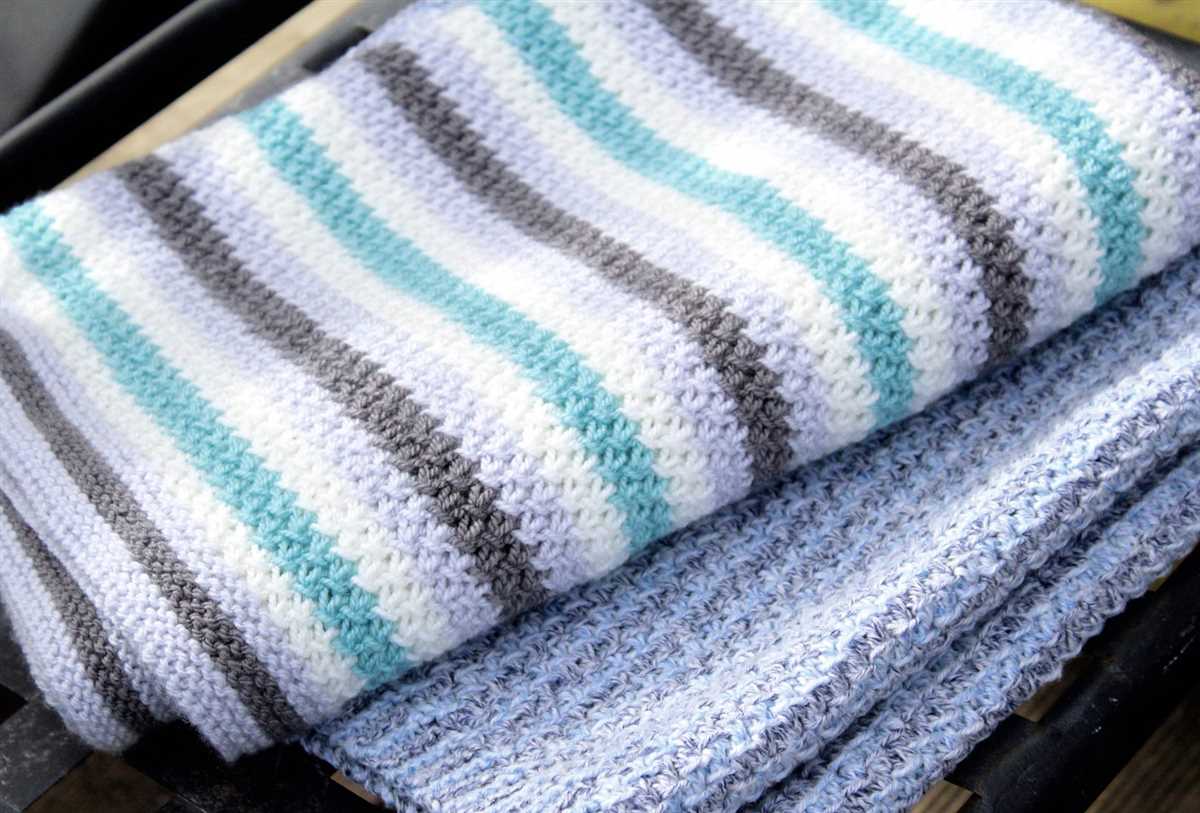
A chevron blanket is a beautiful and versatile blanket pattern that adds a modern touch to any home decor. The chevron design, with its repeating V-shape, creates a visually appealing pattern that is both eye-catching and soothing. Whether you choose to knit the blanket in a single color or use multiple colors to create a bold color gradient, the chevron pattern will always stand out.
To create a chevron blanket, you will need to follow a specific knitting pattern. The pattern consists of a series of increases and decreases, which create the distinctive V-shape. You can find many free chevron blanket knitting patterns online, or you can create your own pattern by adjusting the number of stitches and rows.
Materials:
- Knitting needles
- Yarn
- Tapestry needle
- Scissors
Instructions:
- Cast on the desired number of stitches.
- Knit the first row.
- Begin the chevron pattern by increasing stitches.
- Continue knitting the chevron pattern, alternating between increases and decreases.
- Repeat the pattern until the blanket reaches the desired length.
- Bind off the stitches and weave in any loose ends.
A chevron blanket is not only a stylish addition to your home decor but also a cozy and warm blanket that is perfect for snuggling up with on chilly evenings. Whether you are an experienced knitter or new to knitting, the chevron pattern is an enjoyable and rewarding project to knit. So grab your knitting needles and yarn, and start creating your own beautiful chevron blanket today!
Cable Knit Blanket
A cable knit blanket is a cozy and stylish addition to any home. The intricate cable patterns add a touch of elegance and complexity to an otherwise simple blanket design. Whether you’re a beginner or an experienced knitter, there are plenty of cable knit blanket patterns available to suit your skill level and personal style.
Materials:
- Chunky yarn in your desired color(s)
- Knitting needles in the appropriate size for your yarn
- Cable needle or double-pointed needle
- Tapestry needle for weaving in ends
Pattern:
- Cast on the desired number of stitches for your blanket. This will depend on the size of the blanket you want to make and the stitch pattern you choose.
- Work your desired cable pattern across the rows, following the instructions of the pattern. Cable patterns typically involve crossing stitches over each other to create the cable effect.
- Continue working the cable pattern until the blanket reaches your desired length.
- Bind off all stitches and weave in any loose ends.
If you’re new to cable knitting, it’s helpful to practice the cable stitch on a small swatch before starting your blanket. This will allow you to become familiar with the technique and ensure that you’re comfortable with the stitch pattern before committing to a larger project.
Once you’ve mastered the basics of cable knitting, the options for cable knit blanket patterns are endless. From simple, single cable designs to more intricate patterns with multiple cables and twists, there’s a cable knit blanket pattern out there to suit every knitter’s taste. So grab your knitting needles, some cozy yarn, and get started on your own cable knit blanket masterpiece!
Tips and Tricks for Knitting Dk Blankets
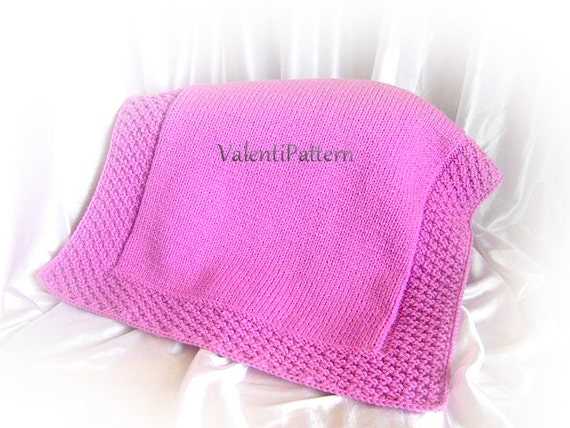
Knitting a DK blanket can be a fun and satisfying project, but it also requires some knowledge and skills. Here are some tips and tricks to help you create beautiful DK blankets:
1. Choose the Right Yarn:
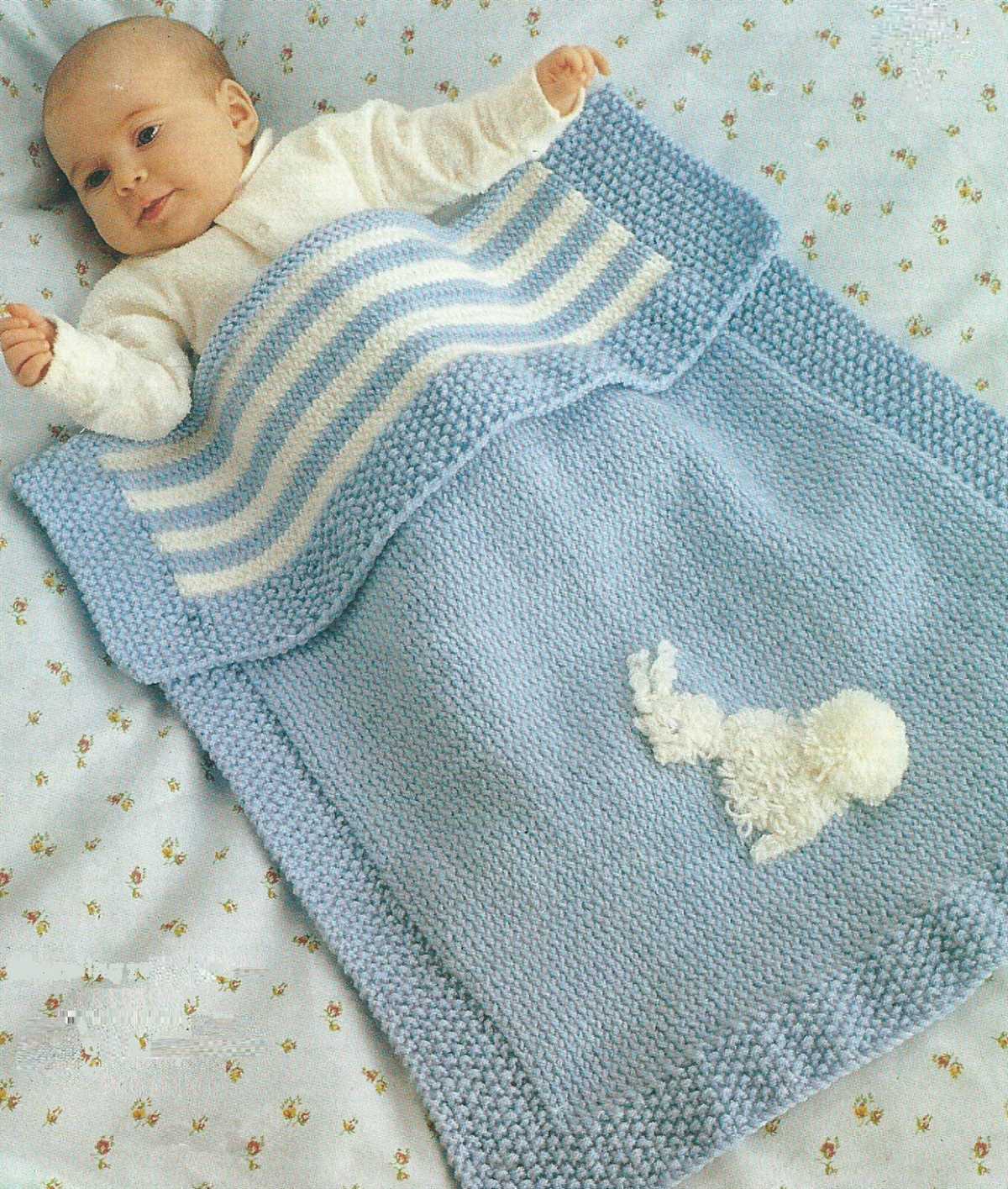
When knitting a DK blanket, it’s important to choose the right yarn. DK weight yarn is light and versatile, making it perfect for blankets. Consider the fiber content, durability, and washability of the yarn. Opt for a yarn that is machine washable for easy maintenance.
2. Use the Right Needles:
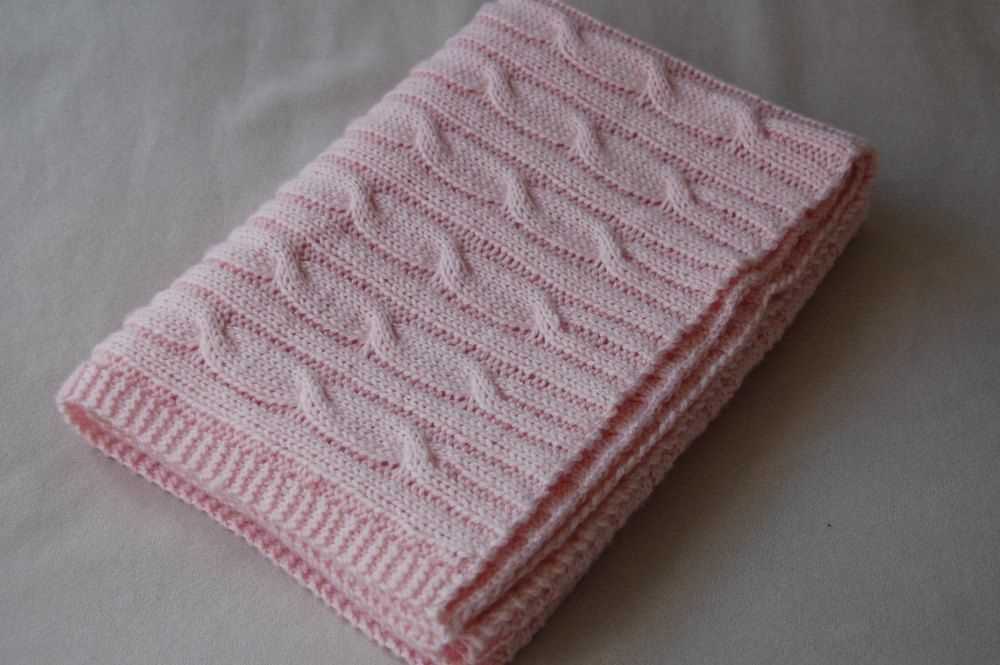
Choosing the right needles can make a big difference in your knitting experience. Look for needles that are suitable for DK weight yarn and comfortable to hold. Circular needles are recommended for larger blankets, as they allow you to easily accommodate a large number of stitches.
3. Gauge Matters:
Always knit a gauge swatch before starting your blanket. This will help you determine the correct needle size and ensure that your blanket turns out the right size. Adjust your needle size if needed to match the recommended gauge in your pattern.
4. Take Breaks:
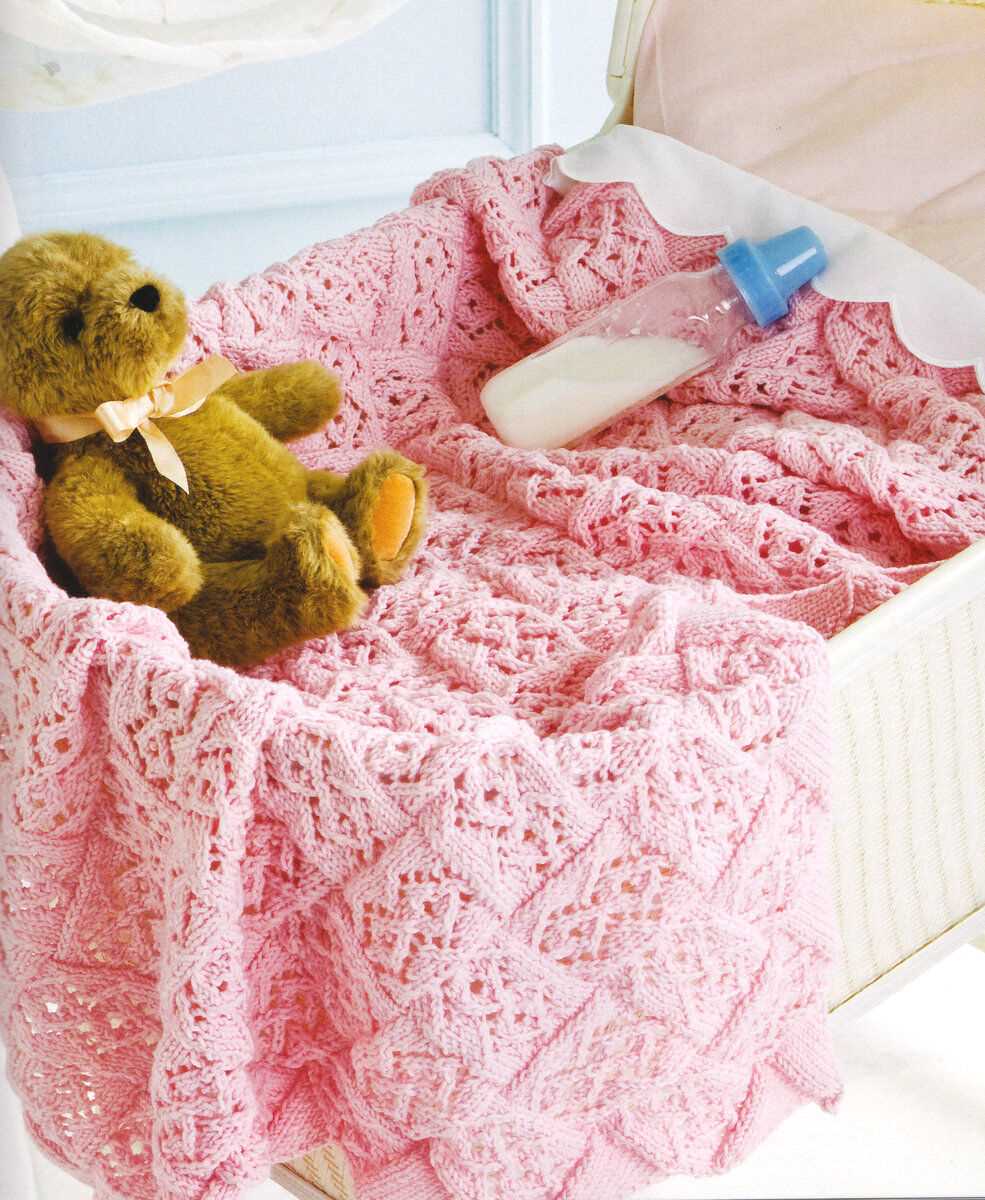
Knitting a large DK blanket can be time-consuming. Remember to take breaks to prevent hand and wrist strain. Stretching your hands and taking short breaks can help prevent fatigue and improve your overall knitting experience.
5. Block Your Blanket:
Blocking is an essential step when finishing your DK blanket. After you have completed knitting, wet block your blanket to even out stitches and give it a professional finish. This process will enhance the drape and appearance of the finished product.
6. Add Personal Touches:
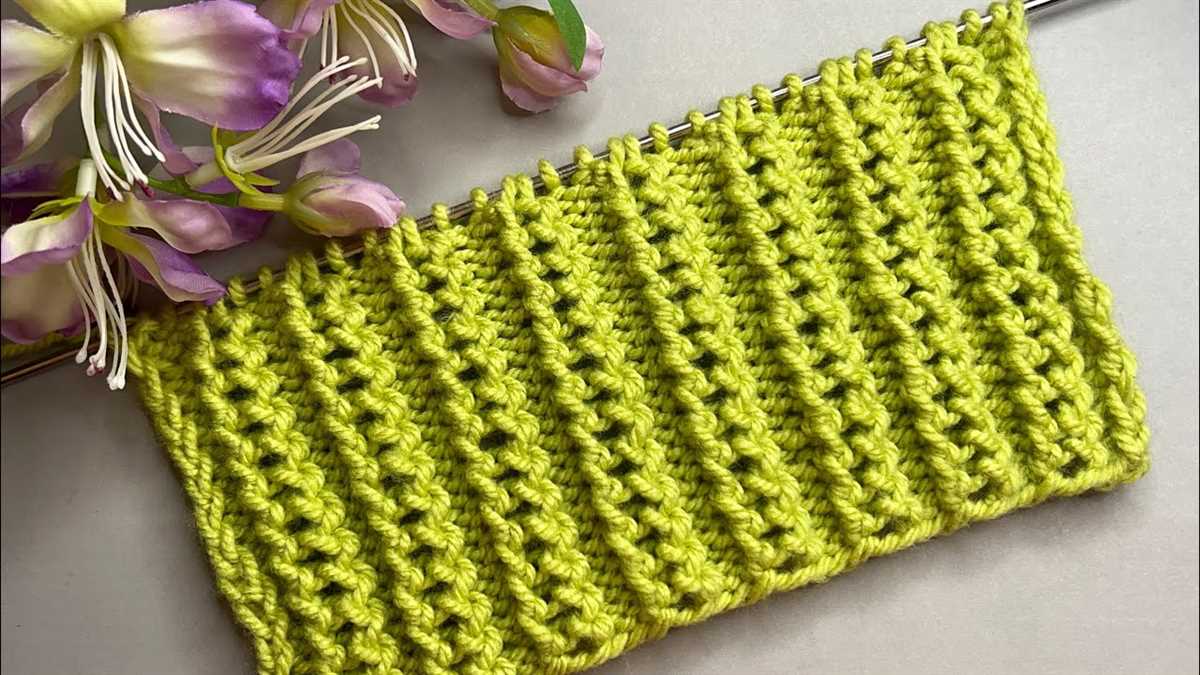
Don’t be afraid to add personal touches to your DK blanket. Whether it’s a unique border, a mix of colors, or an interesting stitch pattern, adding your personal flair can make your blanket even more special.
In conclusion, knitting a DK blanket requires attention to detail and some techniques, but with these tips and tricks, you can create beautiful and cozy blankets that will be cherished for years to come. Happy knitting!